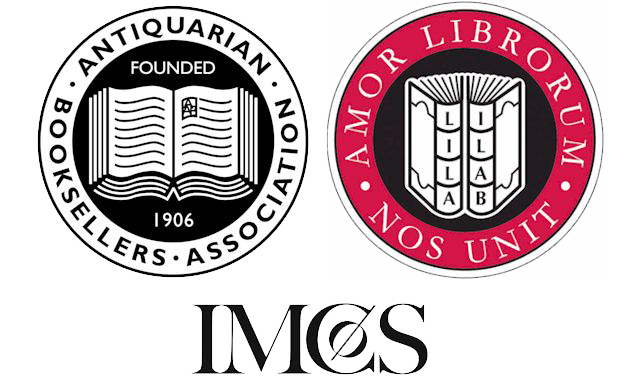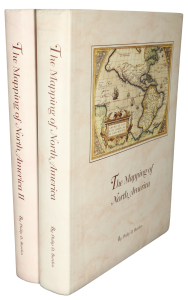Rare Maps and Prints
- World & Celestial
- North America
- West Indies, South & Central America
- British Isles
- British Isles
- English counties
- Large-scale
- Bedfordshire
- Berkshire
- Buckinghamshire
- Cambridgeshire
- Cheshire
- Cornwall
- Cumberland
- Derbyshire
- Devon
- Dorset
- Durham
- Essex
- Gloucestershire
- Hampshire
- Herefordshire
- Hertfordshire
- Huntingdonshire
- Islands
- Kent
- Lancashire
- Leicestershire
- Lincolnshire
- Middlesex
- Norfolk
- Northamptonshire
- Northumberland
- Nottinghamshire
- Oxfordshire
- Rutland
- Shropshire
- Somerset
- Staffordshire
- Suffolk
- Surrey
- Sussex
- Warwickshire
- Westmoreland
- Wiltshire
- Worcestershire
- Yorkshire
- Wales
- Scotland
- Ireland
- Western Europe
- Eastern Europe
- Middle East
- Africa
- Asia
- Australasia & Pacific
- Decorative Prints
- Title Pages
Mr. Philip D. Burden
P.O. Box 863,
Chalfont St. Giles, Bucks HP6 9HD,
UNITED KINGDOM
Tel: +44 (0) 1494 76 33 13
Email: enquiries@caburden.com
The map is derived from a two-sheet one by George Lily (c.1510-59) printed in Rome in 1546. It is the first separately published map of the British Isles and recognised as the first modern map. Its sources were numerous with many up-to-date, the big improvement was in the depiction of Scotland. Lily was a son of the famous grammarian, or linguist, William Lily and was under the patronage of Reginald Pole, with whom he returned from Italy in 1556. He was a noted historian and Catholic exile in Rome. Unfortunately that map is of remarkable rarity with just 14 examples currently recorded, only two of which are in private hands.
Of the original highly influential map there were more than a dozen later derivatives. In 1549 two woodcut maps were published in Antwerp both of which survive in just one known example. Similarly one by Matteo Pagano in Venice also a woodcut is known in just one example. The first copperplate version was published in Rome which is unsigned and bears the newly formed Jesuit Society insignia ‘IHS’ lower right by which it is usually known. In 1589 Marcus Clodianus would published this very rare map which survives in just four known examples: BL, BN, private American collection and this example.
A simple title in a scroll appears upper right which is finished with the imprint. In the lower right of the title are the initials ‘MR’, their identity remains unknown. Degrees of longitude and latitude are marked by the scale of miles is omitted. All four cardinals are named, those of north and south are now placed outside the border. All Cathedral cities are noted as before. Provenance: private English collection. Karrow (1993) pp. 226 & 270; Lynam (1934); Shirley 154; Taylor (1968) I p. 16; Tooley (1939) no. 274; Tooley (1999-2004).
Of the original highly influential map there were more than a dozen later derivatives. In 1549 two woodcut maps were published in Antwerp both of which survive in just one known example. Similarly one by Matteo Pagano in Venice also a woodcut is known in just one example. The first copperplate version was published in Rome which is unsigned and bears the newly formed Jesuit Society insignia ‘IHS’ lower right by which it is usually known. In 1589 Marcus Clodianus would published this very rare map which survives in just four known examples: BL, BN, private American collection and this example.
A simple title in a scroll appears upper right which is finished with the imprint. In the lower right of the title are the initials ‘MR’, their identity remains unknown. Degrees of longitude and latitude are marked by the scale of miles is omitted. All four cardinals are named, those of north and south are now placed outside the border. All Cathedral cities are noted as before. Provenance: private English collection. Karrow (1993) pp. 226 & 270; Lynam (1934); Shirley 154; Taylor (1968) I p. 16; Tooley (1939) no. 274; Tooley (1999-2004).
LILY, George – CLODIANUS, Marcus
Britanniae Insulae Quae Nunc Angliae et Scotiae Regna
Rome, 1589
380 x 510 mm., in good condition.
Stock number: 7206
SOLD






